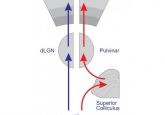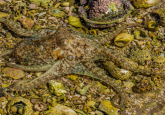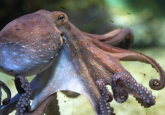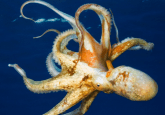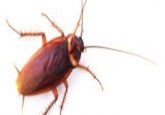Complex octopus arm movements could inspire life-saving robots
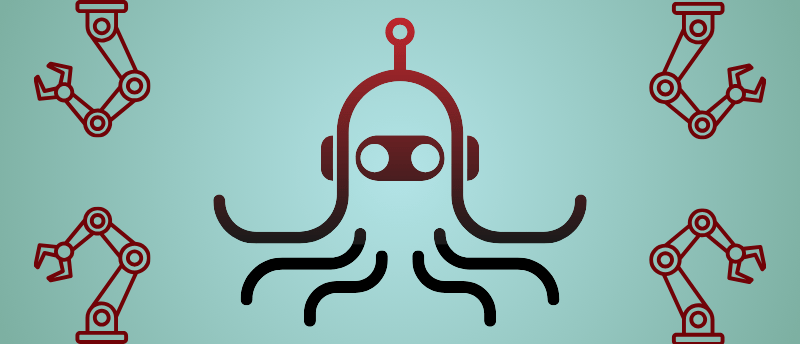
Just four different movements make up the 12 distinct arm motions that wild octopuses utilize to achieve complex tasks, like probing rocks for food.
Research from the Marine Biological Laboratory (MBL; MA, USA) has revealed that wild octopuses are capable of performing up to 12 different arm movements as they move around and look for food. This research, the first time that all possible arm movements have been catalogued, could enable the development of more complex robots for sensitive tasks such as search and rescue.
Octopus arms have long attracted attention for roboticists due to their versatility, high degree of freedom and sensitivity. Previous studies have focused on individual arms or movements in a controlled setting, but this study was the first to look at movements collectively.
A flexible perspective
The team, led by Roger Hanlon, videorecorded 25 octopuses in six different locations in the Atlantic, Caribbean, and in Spain, in habitats including shell rubble, sand plains with algae, seagrass beds, coral rubble, live coral reefs. They reviewed 120 minutes of video, identifying 15 unique behaviors, 12 distinct arm actions and four deformations that made up the actions, and generated a hierarchically organized ethogram. Finally, they used a series of statistical analyses to understand the occurrence of arm pair combinations, deformations within arm actions and deformations across arm regions.
Hanlon explained, “The octopus is a very tactile animal – it’s more tactile than visual. Each sucker is a chemotactile genius, the equivalent of the human nose, lips and tongue all wrapped into one.”
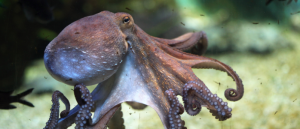 What do octopus and human brains have in common?
What do octopus and human brains have in common?
Researchers identify the same active transposon in octopus and human brains, giving insight to these invertebrates’ intelligence.
Hanlon and the team reported that while all parts of the octopus arm are able to produce the full range of motions, some happen more in one section than another. For example, elongation and shortening motions occur mostly at the base of the arm, while bending occurs mostly at the tip.
“Studying and recording octopus behavior from wild octopuses in the field gave us the opportunity to analyze a larger behavioral repertoire and further understand how they use their arms to achieve such complex behaviors,” continued Florida Atlantic University (FL, USA) research fellow and first author Chelsea Bennice.
From the wild to a warzone
The team hopes that these insights into the control, coordination and biomechanical features of octopus arms could allow robotic systems to imitate them more accurately. In particular, the analysis of the deformations required to action a particular movement could help refine existing models.
Hanlon concluded: after a submersible or building collapses, “How do you deliver a drug or a phone or water to someone who’s down there? You need some snaky little arm with high flexibility that can not only get down there but can do something useful when it arrives.”
